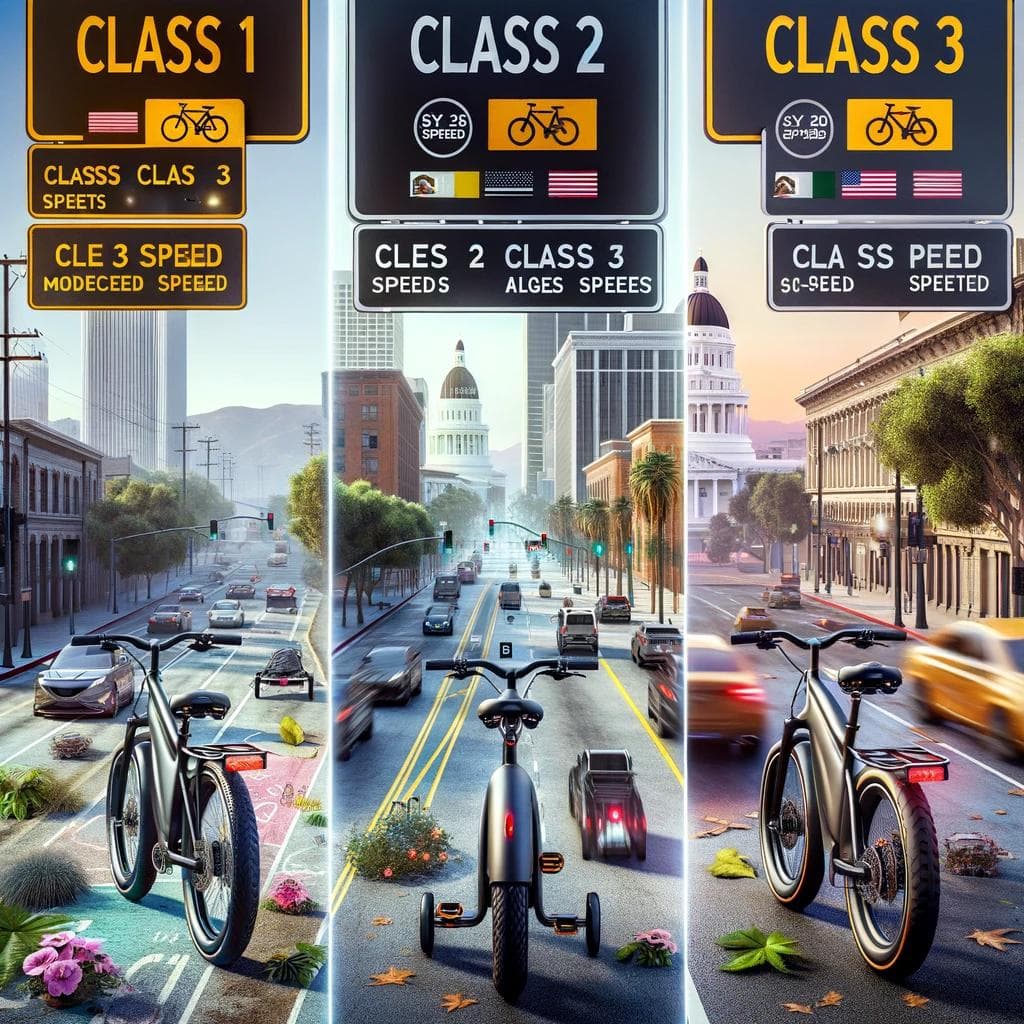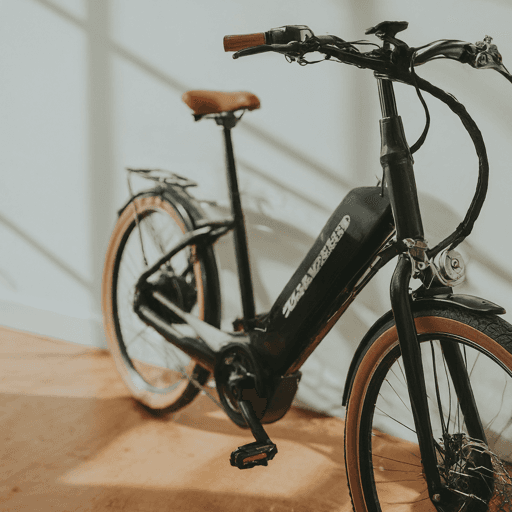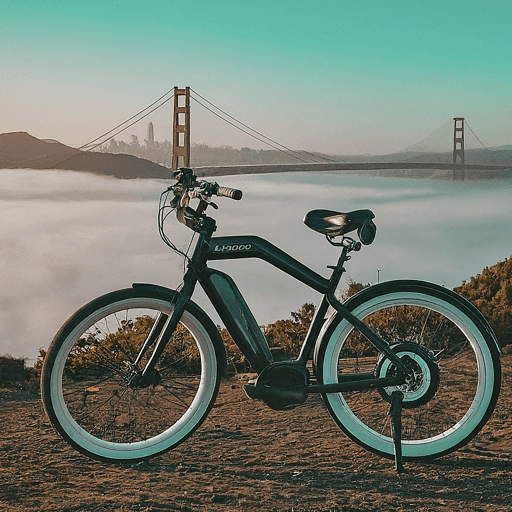
Electric bikes (e-bikes) have revolutionized urban and recreational cycling, offering various speed types to cater to different needs. Understanding these speed types and their legal implications is crucial when purchasing an e-bike.
Different Speed Types of E-Bikes
E-bikes are generally categorized based on their top assisted speeds and how the motor’s power is delivered. In the United States, there are three primary classes:
1. Class 1 E-Bikes
• Top Speed: Assist up to 20 mph.
• Motor Engagement: Motor assists only when pedaling.
• Usage: Allowed on most bike paths and trails.
2. Class 2 E-Bikes
• Top Speed: Assist up to 20 mph.
• Motor Engagement: Equipped with a throttle and can propel the bike without pedaling.
• Usage: Access varies by local laws; some regions restrict use on certain trails and bike paths.
3. Class 3 E-Bikes
• Top Speed: Assist up to 28 mph.
• Motor Engagement: Motor assists only when pedaling.
• Usage: Often limited to road use; not allowed on most bike paths unless otherwise stated.
Legal Considerations When Purchasing E-Bikes
Local and State Regulations
• Laws vary significantly from state to state and even city to city.
• Some areas have restrictions on the use of certain classes of e-bikes, particularly on bike paths and trails.
Helmet Laws
• Certain states require helmets, particularly for Class 3 e-bike riders and sometimes for all e-bike riders.
Age Restrictions
• Some states have minimum age requirements for e-bike riders, especially for higher-speed e-bikes.
Licensing and Registration
• Typically, e-bikes do not require a driver’s license, registration, or insurance. However, this can vary, especially for higher-powered e-bikes.
Considerations for Buyers
When choosing an e-bike, consider your primary use (commuting, recreation, off-road) and check local laws to ensure the e-bike’s class is compliant with area regulations. Class 1 and 2 e-bikes are generally more versatile for both urban and trail use, while Class 3 e-bikes are better suited for longer, faster commutes on roads.
Conclusion
Selecting the right type of e-bike involves balancing your needs with legal considerations. Being aware of the different speed types and understanding the legal landscape in your area will help you make an informed decision, ensuring that your e-bike experience is both enjoyable and compliant with local regulations.


